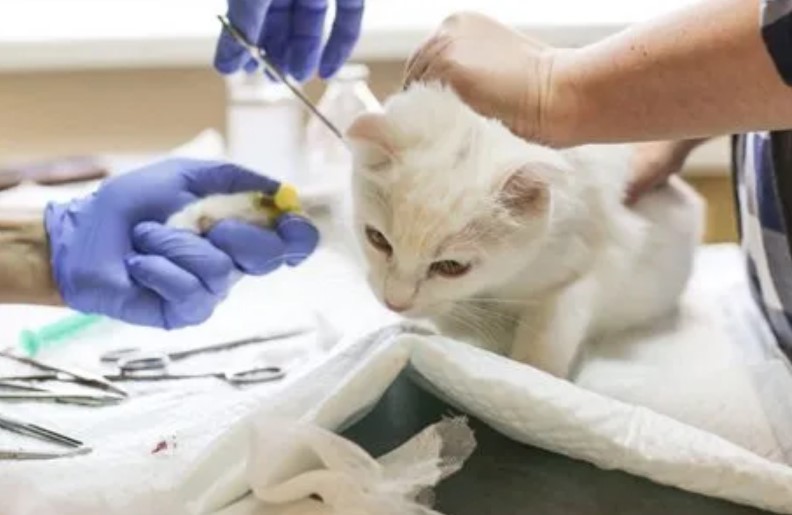Here’s how you can select the best program to launch your career in veterinary technology.
Understand the Accreditation Status
The quality of education you receive is paramount, and this begins with accreditation. A Veterinary Technology Program prepares you to be on the front lines of animal care, but not all programs are created equal. Programs accredited by the American Veterinary Medical Association (AVMA) meet rigorous standards for veterinary education. Enrolling in an accredited school ensures that the curriculum aligns with industry standards and that your qualifications will be respected by employers.
Explore the Curriculum and Specializations
The content of your coursework will significantly influence your readiness for the field. A robust curriculum should cover a range of topics from animal anatomy and physiology to veterinary pharmacology and surgical techniques. Additionally, some programs offer specializations in areas such as dental care, anesthesia, or emergency medicine. Choosing a program that offers specialties of interest can provide a significant edge in the job market.
Consider Hands-On Training Opportunities
Practical experience is invaluable in this field. Programs that offer extensive hands-on training in clinical settings prepare you better for the realities of veterinary work. Look for programs that have partnerships with veterinary hospitals and clinics where you can gain real-world experience under the supervision of experienced professionals.
Evaluate Faculty Expertise
The expertise and experience of the faculty teaching the program can enhance your learning experience. Faculty members who are current or former veterinary professionals can provide insights that are not available from textbooks alone. They can also be a vital resource for networking and job placements in the future.
Assess Facility and Resource Availability
The availability of modern facilities and resources reflects the program’s commitment to providing a comprehensive education. Facilities like on-site clinics, laboratories equipped with the latest technology, and a well-stocked library help you to gain the skills needed in a modern veterinary practice. These resources allow for a more interactive and engaging learning experience.
Leveraging Real-World Insights
When I decided to pursue a career in veterinary technology, the choices were overwhelming. However, speaking with seasoned professionals who had been through similar programs provided me with the clarity I needed. Their firsthand experiences helped me gauge the quality of various programs beyond what was apparent on paper. This kind of real-world insight is invaluable, so reach out to alumni and attend open houses to get a feel for the community and support system at different institutions.
Conclusion
Choosing the right Veterinary Technology Program is a decision that will shape your career and professional life. By considering the accreditation, curriculum, hands-on opportunities, faculty expertise, and available facilities, you can select a program that not only meets educational standards but also suits your career aspirations. Remember, the right program is a gateway to a fulfilling career helping animals and their human companions.

